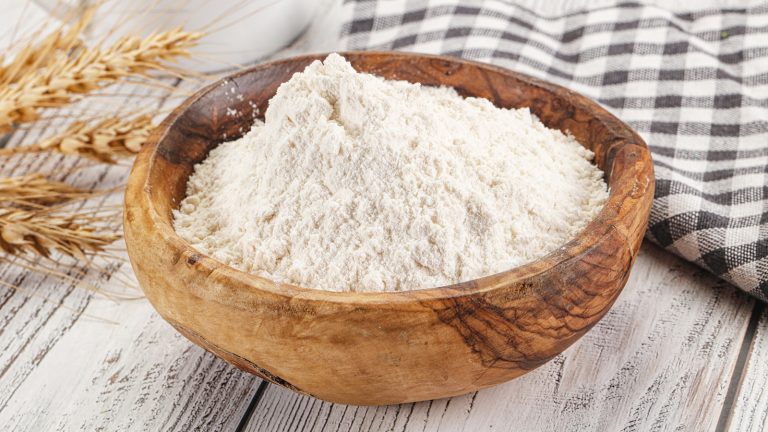Whether you’re looking for a leafy green as a base for your salad or a filling for your sandwich, or you’re on the hunt for an easy alternative to canned greens, growing them yourself may be the best option. However, if you’re not seasoned, it may not seem so simple to harvest your own. So, to find out what plant is perfect for the beginning gardener, Food Republic reached out to Tammy Sons, the founder and CEO of TN Nursery. “Kale has always been one of my favorite greens to recommend as a first-time gardening success story,” she said. “Kale is easy and prolific. … It’s a reliable, nutrient-packed food, and it’s rather attractive out in the garden too.”
To get started, simply grab a seed starting tray, a seed starting mix, and seeds. There are a variety of different types of kale, so you can choose the one that you like best. Then, you can use a grow light to start the plants off indoors before transferring them. According to Sons, it doesn’t take much to get your kale growing strong — there are only a few necessary requirements. “It does need about 6 hours of sun in a location that has well-draining soil, or a very large container,” she said. “I usually give my kale plants about 12 to 18 [inches] of space each, and they seem to really appreciate it.”
No indoor artificial light? No problem. You can also easily purchase plants from a local grower and transfer them to your garden or outdoor planters. Bear in mind that kale sows best from March to June, but you can plant out from May to July.
Harvesting and maintaining kale
Harvesting kale is as simple as the beginning steps of growing it. “Harvest the outer leaves and let the plant’s center remain intact, and you should be rewarded with multiple harvests of the same plant,” Tammy Sons said. “I always harvest in the morning, when the leaves are cool and crisp.”
Once you’ve procured your greens, be sure to store them properly so they remain fresh. Simply pat them dry with a paper towel or clean dish towel, wrap them in dry paper towels, and seal them in an airtight container before popping them in the fridge where you can keep them for up to seven days. If you need them to last longer, you can freeze them for up to six months, too. Just be sure to rinse and dry them, discard the stems, chop the leaves, and flash freeze everything before placing your kale in a freezer-safe container.
When it comes to maintenance, it couldn’t be easier to keep kale plants going all season long. “Mulch around the plants to help retain moisture, and remove any spent leaves, to encourage new growth,” Sons said. By doing this quick work, your kale plants should remain healthy from early spring well into autumn.






